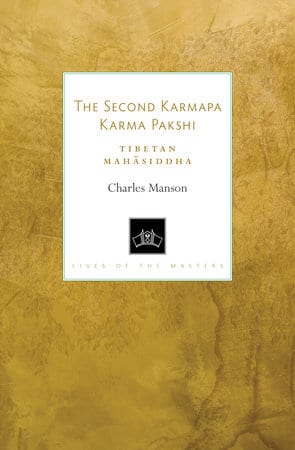Tibetan Treasures of the Bodleian Library The Tibetan Subject Librarian, Charles Manson is the Librarian at the Bodleian Library at Oxford which holds a unique collection of hundreds of Tibetan blockprints and manuscripts. Currently, the old typewritten list of Tibetan books is being turned into a digital catalogue to make the Tibetan manuscripts and blockprints more easily searchable.
Karma Pakshi is considered influential in the development of the reincarnate lama tradition, a system that led to the lineage of the Dalai Lamas. Born in East Tibet in the thirteenth century, Karma Pakshi himself was the first master to be named Karmapa, a lineage that continues to modern times and has millions of admirers worldwide. During his lifetime, Karma Pakshi was widely acknowledged as a mahāsiddha—a great spiritual adept—and was therefore invited to the Mongol court at the apogee of its influence in Asia. He gave spiritual advice and meditation instructions to the emperor Mӧngke Khan, whom he advised to engage in social policies, to release prisoners, and to adopt a vegetarian diet. After Mӧngke’s death, Karma Pakshi was imprisoned by the successive emperor Kubilai Khan, and much of Karma Pakshi’s writing was done while he was captive in northeast China. He was eventually released and returned to Tibet, where he commissioned one of the medieval world’s largest metal statues: a seated Buddha sixty feet high.

















